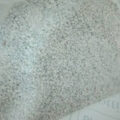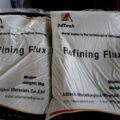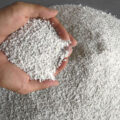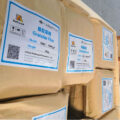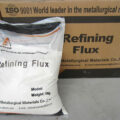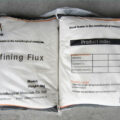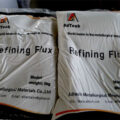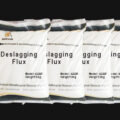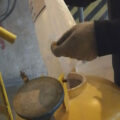Molten aluminum flux is widely used in the production of primary aluminum and secondary aluminum to improve the quality of the melt and the recovery rate of metallic aluminum.
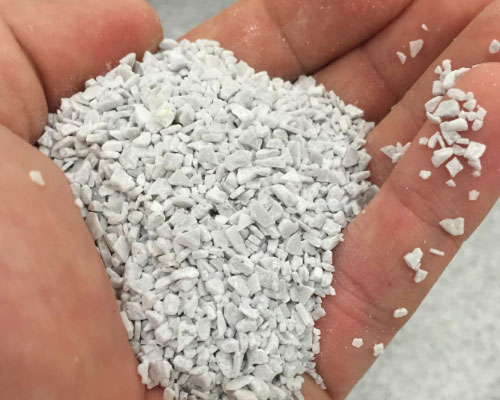
Molten Aluminum Flux Function
First, change the wettability of the aluminum melt to the oxide (alumina), so that the aluminum melt is easily separated from the oxide (alumina), so that most of the oxide (alumina) enters the flux and reduces the melting The content of oxides in the body.
Second, the flux can change the state of the oxide film on the surface of the melt. This is because it can break the solid and dense oxide film on the surface of the melt into fine particles, which is beneficial for the hydrogen in the melt to escape from the particle gaps of the oxide film and enter the atmosphere.
Third, the presence of the flux layer can isolate the contact between water vapor in the atmosphere and the aluminum melt, making it difficult for hydrogen to enter the aluminum melt, and at the same time can prevent the melt from oxidizing and burning.
Fourth, the melting can absorb the oxides in the aluminum melt, so that the melt can be purified. In short, the role of flux refining to remove inclusions is achieved through adsorption, dissolution and chemical interaction with the oxide film and non-metallic inclusions in the melt.
The flux refining method has a good effect on the removal of non-metallic inclusions, but the degree of purification of non-metallic inclusions in the melt is not only related to the physical and chemical properties of the flux, but also depends to a large extent on the refining process conditions. , Such as the amount of flux, the contact time between the flux and the melt, contact area, stirring conditions, temperature, etc.
Commonly used flux is refined aluminum alloy melt. Hundreds of fluxes have been developed, and sodium and potassium-based chloride fluxes are the most widely used. For aluminum alloys with low magnesium content, sodium-potassium-based chloride refining agents are widely used. For aluminum alloys with high magnesium content, carnallite-based refining fluxes without sodium are used to avoid sodium brittleness.

